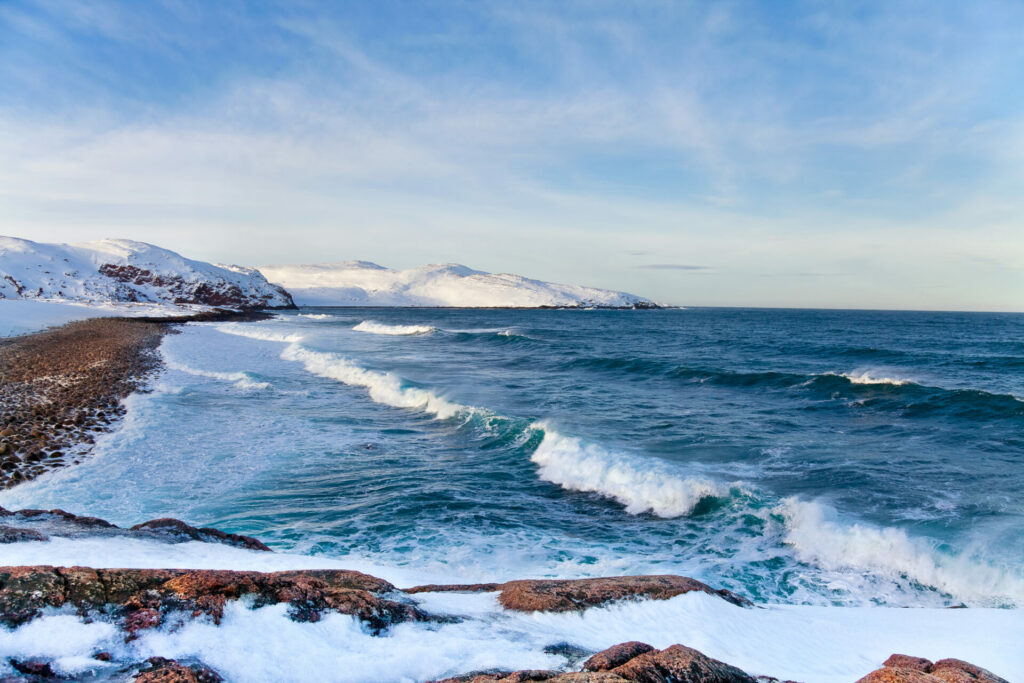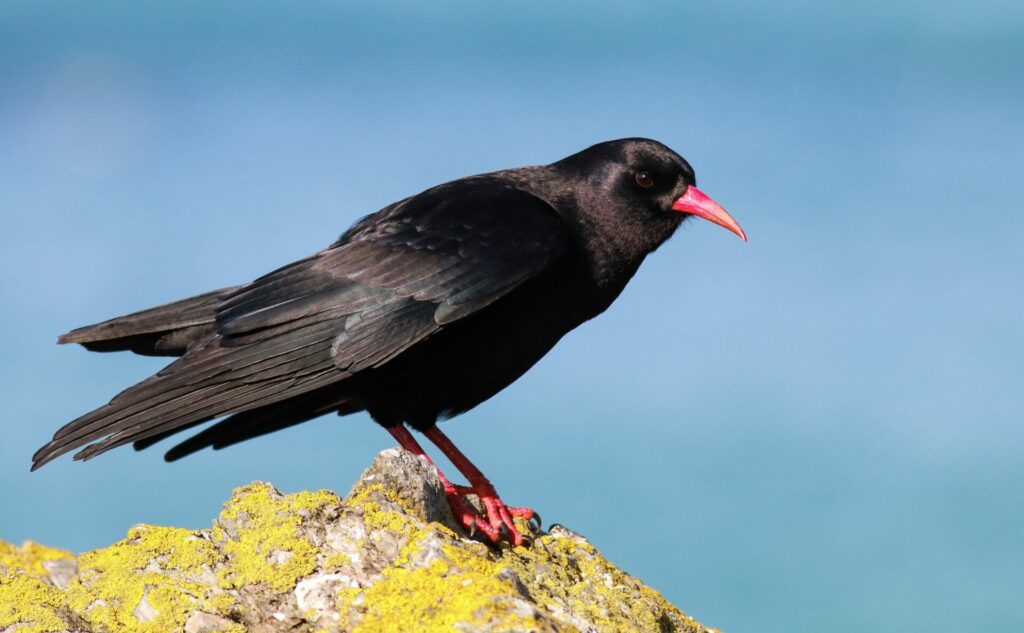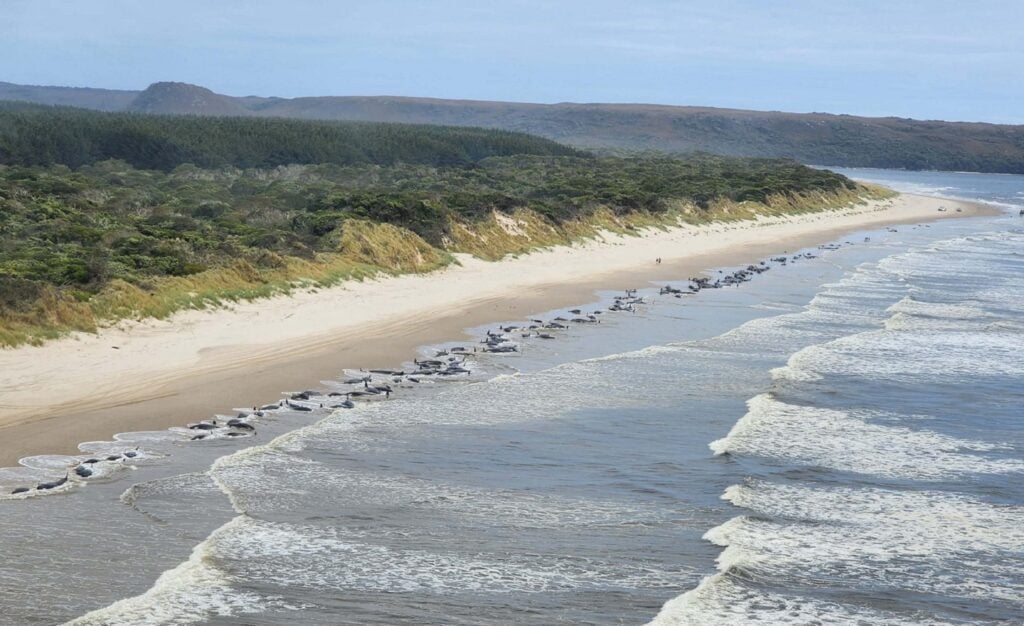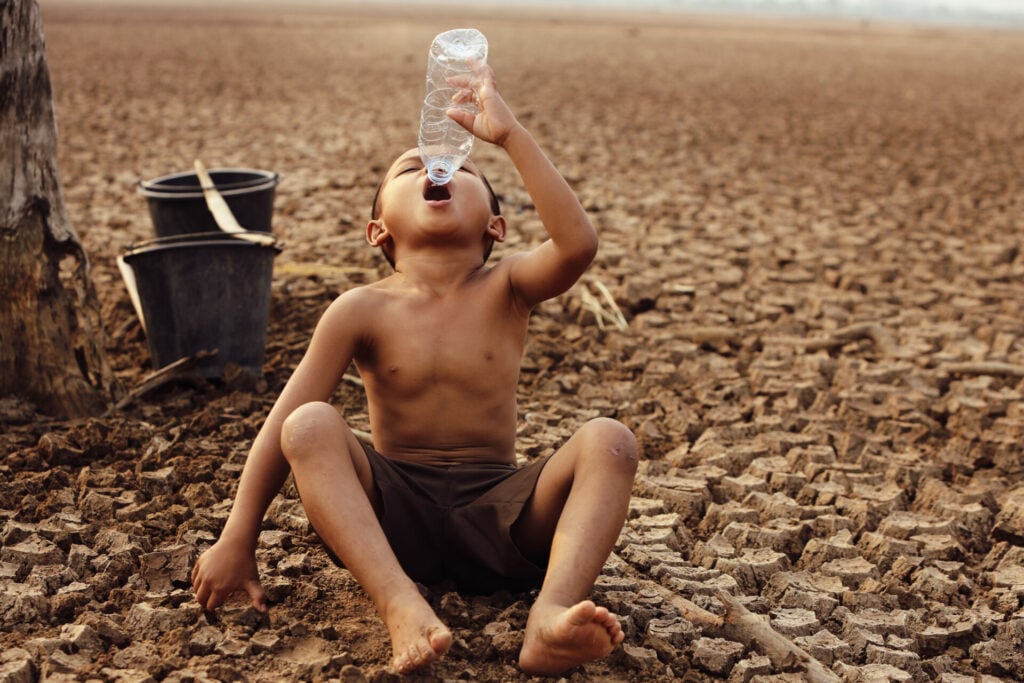The Arctic is heating up at almost four times the global average, according to shocking findings by scientists.
And the researchers from Finland, say some areas, including the Barents Sea to the north of Norway and Russia, are warming up at least seven times faster. Previously, it was thought the northern region was only increasing in temperature two to three times faster than the rest of the planet.
Heat-trapping emissions from burning fossil fuels is the initial cause of the rise – but a chain reaction dubbed Arctic Amplification increases its severity.
This occurs as higher global temperatures melt sea ice, which then exposes more of the Arctic Ocean to sunlight and leads to warmer water. Bright white sea ice reflects solar energy back to space, but when it melts, the dark ocean absorbs that heat. This in turn leads to even more melting and warming as the spiral progresses.

Dr Mika Rantanen, a researcher at the Finnish Meteorological Institute in Helsinki said he and his colleagues decided to look at the issue in the summer of 2020, when heat waves were reported across northern Siberia.
His team studied data gathered between 1979 and 2021.
‘We were frustrated by the fact that there’s this saying that the Arctic is warming twice as fast as the globe,’ Dr Rantanen said. ‘But when you look at the data, you can easily see that it is close to four.’
On average, the study – published in the journal Communications Earth and Environment – found that the planet as a whole warmed by 0.19 Celsius per decade, while the Arctic warmed 3.8 times faster – at 0.73 Celsius per decade.
The data also revealed that the annual average temperature in the Barents region climbed by as much as 2.7 degrees Celsius each decade in the past 20 to 40 years, making the Barents Sea and its islands the fastest warming location on the planet.
‘We often describe the Arctic as the earth’s refrigerator, helping to keep the highest temperatures from rising. So if you start really warming the Arctic and removing a lot of that ice, you’re going to have far reaching effects.’
Some scientists now say that the Arctic’s fundamental climate has changed, to one of liquid water rather than ice, with profound effects on the plants, animals and people living there.
Loss of sea ice is putting polar bears in jeopardy as they use the ice to store their food for the summer months when food can be scarce. Sailing routes that were once choked with ice are opening up, bringing the environmental risks of ocean shipping to pristine waters.
The Arctic Annual Report Card published by the National Oceanic and Atmospheric Administration, found that the region is warming faster than the rest of the Earth and is rapidly losing ice cover, transforming the frozen landscape to a greener and browner environment

This also reflects the most recent United Nations state-of-the-science report on the climate crisis, which found the Arctic will continue to warm faster than the rest of the planet as long as humans continue to burn fossil fuels and release greenhouse gases into the atmosphere.
Zachary Labe, a researcher in oceanic and atmospheric sciences at Princeton, said: ‘Many of us are never going to visit those remote locations. But these rapid changes in temperature have implications for all of us.
‘We often describe the Arctic as the earth’s refrigerator, helping to keep the highest temperatures from rising. So if you start really warming the Arctic and removing a lot of that ice, you’re going to have far reaching effects.’













